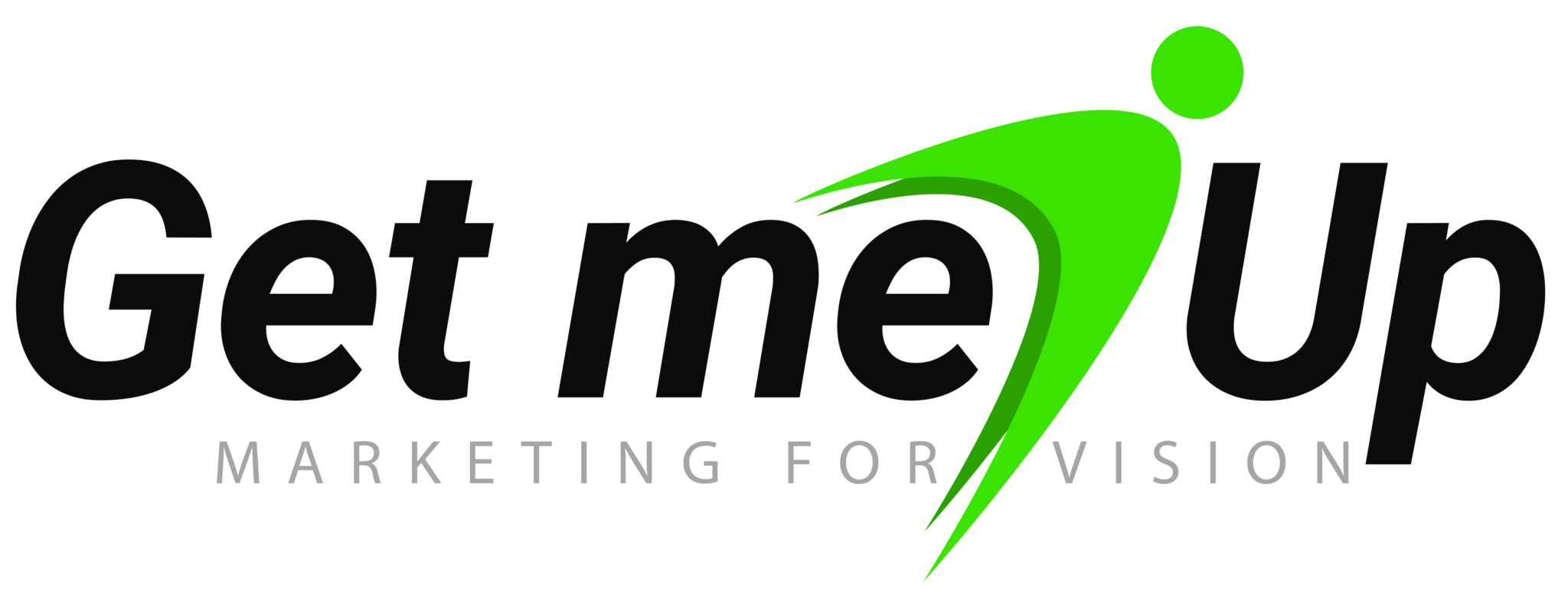Before starting the process of advertisement design, it is essential to understand several key aspects to ensure a successful and effective outcome. Here are some important things to consider:
- Clear Objective: Clearly define the purpose and objective of the advertisement. Understand what you want to achieve through the ad, whether it’s to promote a product, increase brand awareness, drive website traffic, or boost sales.
- Target Audience: Know your target audience well. Understand their preferences, interests, needs, and pain points. Tailor your design to resonate with the intended viewers and address their specific concerns.
- Brand Identity: Familiarize yourself with the brand’s identity, values, and personality. Ensure that the advertisement aligns with the brand’s overall image and messaging.
- Message: Craft a concise and compelling message that communicates the core offering or value proposition clearly. Keep the message simple and easy to understand.
- Medium and Platform: Understand the medium and platform where the advertisement will be displayed. Different platforms may have specific requirements and limitations for ad design.
- Budget and Timeline: Know the budget allocated for the advertisement design and the expected timeline for completion. This will help you plan and prioritize tasks accordingly.
- Competitor Analysis: Research and analyze what your competitors are doing in their advertisements. Identify their strengths and weaknesses to differentiate your design and stand out.
- Legal and Ethical Considerations: Be aware of any legal or ethical guidelines that apply to your industry or the specific advertisement. Ensure that your design complies with all relevant regulations.
- Design Elements: Familiarize yourself with design principles such as color theory, typography, composition, and use of imagery. Choose design elements that complement the message and brand identity.
- Mobile Responsiveness: If the advertisement will be displayed on digital platforms, ensure that the design is mobile-friendly and looks good on various screen sizes.
- A/B Testing: Consider the possibility of A/B testing different versions of the advertisement to determine which design performs best and resonates with the audience.
- Feedback and Collaboration: Be open to feedback and collaboration with other team members or stakeholders. Multiple perspectives can lead to a more refined and effective design.
- Measurements and Specifications: If the advertisement is intended for print, digital, or other specific formats, be familiar with the required measurements and specifications.
- Call-to-Action (CTA): Determine the desired action you want the audience to take after viewing the ad and incorporate a clear and compelling call-to-action.
By thoroughly understanding these factors before starting the advertisement design process, you can create a well-informed and impactful ad that effectively communicates the message, connects with the target audience, and achieves the desired goals.
